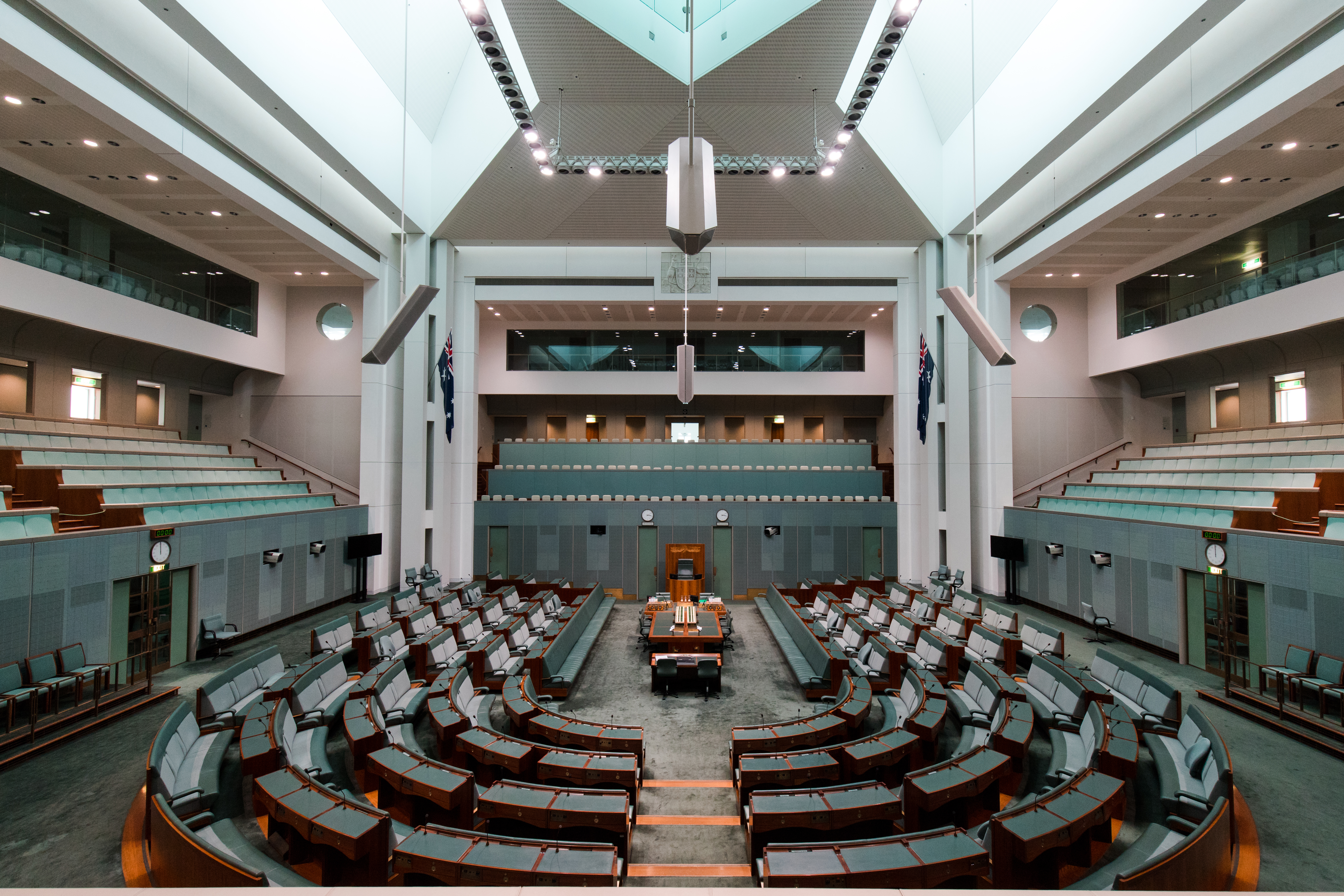By Peter Kelly on 30 March 2022
As I sit at my desk here at the end of March 2022, I sense that change is in the air.
Last night, 29 March, the Government delivered its 2022 Budget. However, as I am penning this article a few days ahead of the Budget, I cannot really comment on it – maybe in the next blog - if there is anything exciting to talk about!
Within the next few weeks, the Parliament will be dissolved, and a Federal Election will be called.
It is fair to say that the coming weeks will witness political posturing, promises, and potential pork-barrelling, as both incumbent and aspiring politicians lobby for your vote, and a seat at the big table in Canberra.
But more about the 2022 Budget and the upcoming Federal Election another time.
If we cast our minds back almost a year, to the May 2021 Budget, the government announced several significant changes to superannuation. These would benefit both young and older Australians.
Well, a number of those changes recently became law and will come into force on 1 July 2022.
Let’s look at the main changes, and just what they mean.
Compulsory SuperAustralia’s compulsory superannuation system, know simply as “super guarantee,” or “SG,” requires employers to contribute 10% of each employee’s salary to superannuation. However, there is currently no requirement for SG contributions to be paid for employees in any months where they earn less than $450[1].
From 1 July 2022, the current minimum salary threshold of $450 per month will be abolished. SG contributions will need to be paid for all eligible employees irrespective of their monthly salary.
This move will result in more low-income earners receiving compulsory superannuation contributions.
First Home Super Saver Scheme (FHSSS)The FHSSS allows eligible people to use their voluntary superannuation contributions to help purchase their first home.
Currently, the maximum contributions that can be withdrawn is capped at a total of $30,000 (subject to a maximum of $15,000 for each year contributions have been made), along with associated earnings. The Tax Office works out the associated earnings.
From 1 July 2022, the maximum contributions that can be released will increase from $30,000, to $50,000.
However, the current annual maximum cap on contributions that can be released remains at $15,000.
Downsizer ContributionsSince downsizer contributions were introduced in July 2018, they have become an attractive option for older Australian’s wishing to top-up their superannuation following the sale of their home.
Currently, to make a downsizer contribution, a person must be aged 65 or older at the time of making their contribution.
From 1 July 2022, the age limit for making downsizer contributions will reduce to 60, thereby opening the opportunity to make downsizer contributions to more people.
Work test to be abolished – for manyCurrently, superannuation contributions, other than those made under downsizer rules, or mandated employer contributions (i.e., compulsory employer contributions), can only be made by or on behalf of people under 67 years of age or, if aged between 67 and 75, they have met a work test.
As announced in the 2021 Budget, the work test requirement is to be abolished from 1 July 2022 for most people aged from 67 to 75.
Simply put, a person will be able to make personal contributions such as non-concessional contributions and have employer contributions made under a salary sacrifice arrangement without having to have met a work test. Contributions have to be made no later than the 28th day of the month following their 75th birthday,
However, people wishing to claim a tax deduction for their personal contributions will still need to meet a work test if aged 67 to 74.
Even though the work test requirement for non-concessional contributions is to be removed, the general requirements for making a non-concessional contribution, including having a total superannuation balance of less than $1,700,000, still applies.
Three-year bring forwardA feature of non-concessional contributions is the ability to bring forward an additional two year’s contributions, in addition to the current year’s cap, and contribute up to $330,000 in a single year.
At present, the opportunity to bring forward up to two additional years of non-concessional contributions is only available to people aged 66 or younger at the start of the financial year in which they intend to contribute.
From 1 July 2022, the age limit for bringing forward an additional two years of contributions and contribute up to $330,000, is to increase from 66 at the start of the year, to 74.
This will provide an opportunity for older Australians to continue to contribute to super in later years.
Apart from increasing the age limit, existing limitations around bringing forward future years contributions will continue to apply.
Each of these now legislated announcements will offer additional opportunities to both younger and older Australians. However, as superannuation can be a complex area, seeking appropriate advice from a licensed adviser is recommended.
[1] Employers are also excused from making SG contributions for employees under 18 year of age that work less than 30 hours per week.



comments